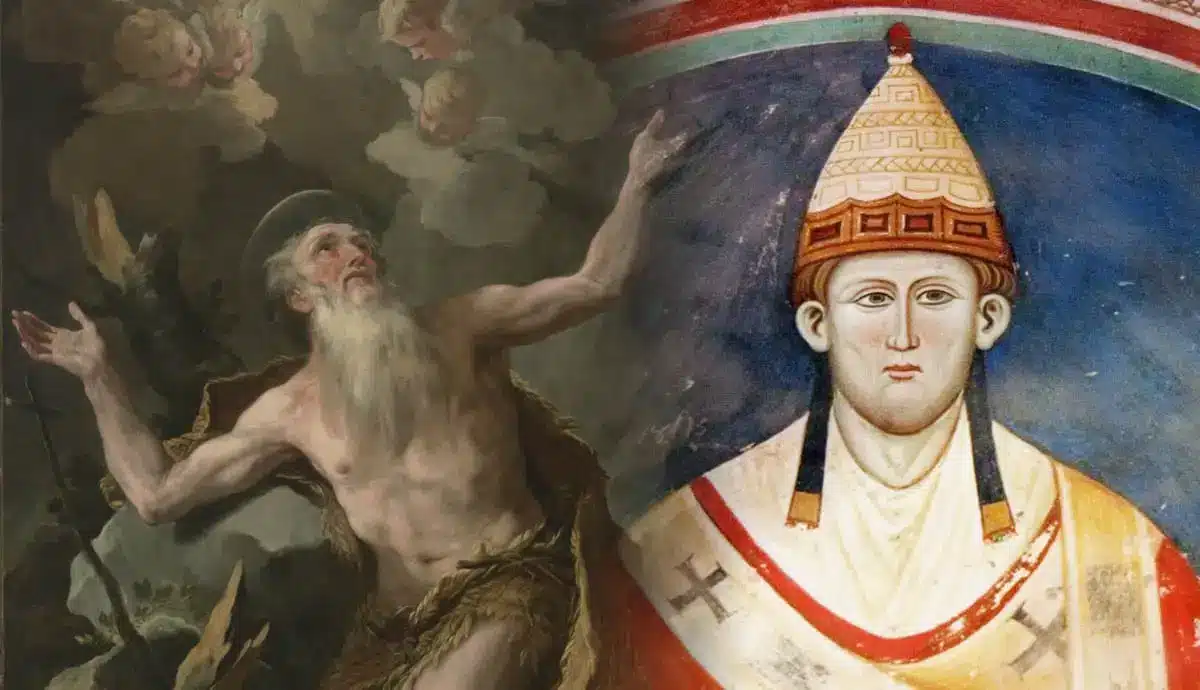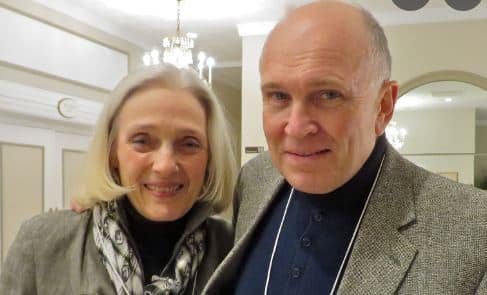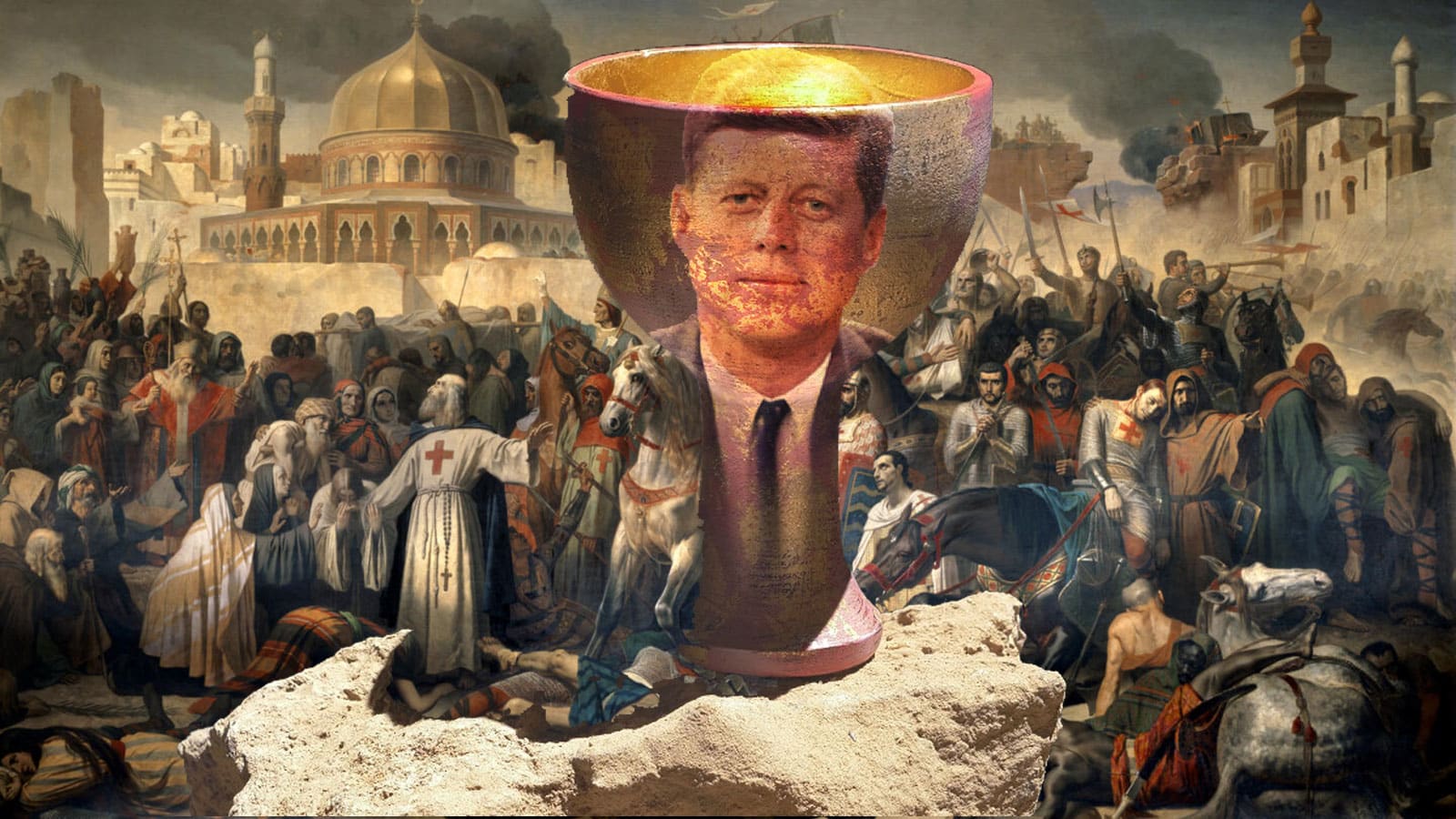On Friday, October 13, 1307, the French King Philip IV, ordered the powerful Catholic military order known as the Knights Templar arrested and charged with heretical practices a month later, on November 22, under pressure from Philip, Pope Clement V issued the papal bull Pastoralis Praeeminentiae instructing all the monarchs of Europe to seize the Templar’s extensive assets.
Deeply in debt to the Templars for their military service in his war against England, it has long been suspected that the charges against them derived more from the king’s depleted treasury than actual acts of heresy. But following an extensive inquisition and trial including torture, the Templars and their Grand Master Jacques De Molay were found guilty and on March 18, 1314, were burned at the stake outside the Cathedral at Notre Dame de Paris.

Whether or not the Knights Templar maintained heretical beliefs, the immolation of Templar Grand Master Jacques de Molay at the hands of the Pope’s Inquisitors would serve as an inspiration for generations to seek revenge on the Roman Church. And so begins the legend that winds its way from Jerusalem to Paris to the Holy Grail, to Rosslyn Chapel and Scottish Rite Freemasonry, and from there to the death of JFK.
Pope Innocent III’s brutal Albigensian Crusade of 1209-29 against the powerful dualist Cathar movement pitted Northern France’s Catholic nobility against the lesser nobility of the south who were tolerant and supportive of it.

As a pre-Christian faith deeply rooted in the pagan world and spread by Rome’s legions through Mithraism to the four corners of the Roman Empire, Catharism represented an old and powerful expression of Gnostic belief that refused to be suppressed by the sterile and often contradictory doctrines of Rome’s Christianized Empire.
As described by Reverend V.A. Demant, Canon of London’s St. Paul’s Cathedral in a preface to a 1947 book on the subject titled The Arrow and the Sword:
“To mention only its roots in Mithraism, its links with the Gnostics, its theological dualism, its asceticism, the ritual of life and death as cosmic mysteries, the appeal of the troubadours, Arthurian legends and the cult of the Holy Grail, the passions aroused for and against witchcraft, the intimate connection between sex and religion — all these things are sufficient testimony to the deep-rooted vitality of a stream of religious consciousness which cannot be superciliously dismissed by rationalists and moralists.”
Writing on the heels of World War II, and with Europe still in ruins from the rise of an irrational and immoral pagan faith called Nazism, Demant feared that such a vital apocalyptic belief system with its “robust religiousness” and commitment to a struggle against an evil material world was bound to rise again, as it had so many times in the past.
Yet, he might not have been surprised to know that his own “Protestant” faith, of which he was a senior officer as the Canon of St. Paul’s, had its own roots in the same heresy.
Much has been speculated about the revival of Catharism and the survival of the Templars following their dissolution in 1312. Today’s popular fiction about their role as guardians of the Holy Grail rests not on any particular historical accounting but mainly on 18th-century Masonic myth-making and Sir Walter Scott’s early 19th-century stories that romanticized the Templar Knighthood.

Paul Fitzgerald and Elizabeth Gould are authors of Invisible History: Afghanistan’s Untold Story, published by City Lights (2009), Crossing Zero The AfPak War at the Turning Point of American Empire, published by City Lights (2011). Their novel The Voice, was published in 2001. Their memoir, The Valediction Three Nights of Desmond (2021) and The Valediction Resurrection (2022) was published by TrineDay. For more information visit invisiblehistory , grailwerk and valediction.net
ATTENTION READERS
We See The World From All Sides and Want YOU To Be Fully InformedIn fact, intentional disinformation is a disgraceful scourge in media today. So to assuage any possible errant incorrect information posted herein, we strongly encourage you to seek corroboration from other non-VT sources before forming an educated opinion.
About VT - Policies & Disclosures - Comment Policy






